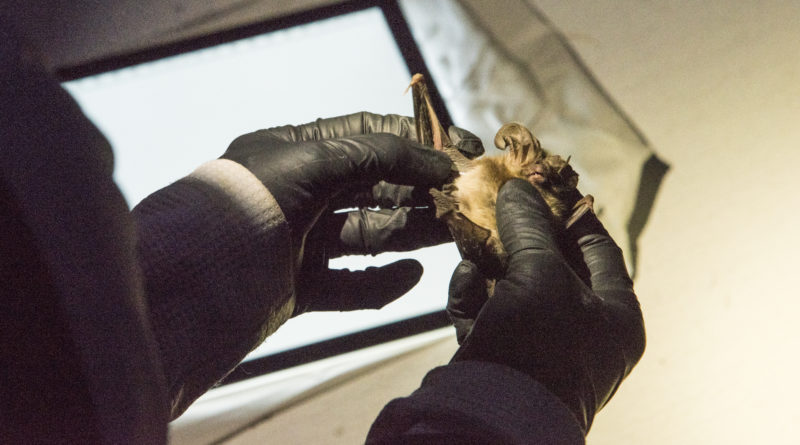Catalina Island Conservancy is batty for the island’s flying mammals
CATALINA ISLAND — Bats are curious and odd creatures, being associated with Halloween, vampires, haunted houses and other things that inspire fear. What people may not know is bats are more closely relatable to the popular comic book character Batman – according to the group Bat Conservation International, bats are considered a “keystone species” because of their predation on pests that damage crops or carry disease, such as mosquitoes.
Catalina Island, strangely enough, is home to 10 native bat species that also span across North America. Humans will rarely see bats, due to their nocturnal habits. It is human interference, sadly, that causes bat numbers on Catalina Island to dwindle.
The Catalina Island Conservancy has been working with biologists to protect bats on the island. Dr. Patricia Brown is one such biologist who has thoroughly studied the Channel Island’s bats, including those on Catalina, extensively since the 1970s.
Brown told The Log in an email: “All of the bat species are native to Catalina (not introduced), and all of these species are also found on the mainland. Since my research, Julie King who worked as the biologist for the Conservancy until fall of 2017, verified my acoustic records by finding specimens of hoary and Mexican free-tailed bats on Catalina.”
In her Bat Survey of Santa Catalina Island, where research findings were recorded from April 2000 until July 2001, Brown stated: “The power of flight has pre-adapted bats for island colonization.” If there are roosting sites and enough food to forage, islands are an ideal habitat for varying bat species to exist.
Dr. Brown warns the public from seeking out bats on the island. “The greatest threat to bats is from human disturbance, especially roost entry,” she said.
Bats will generally roost in mines, caves, trees and crevices in buildings, rocks and bridges. Though considerable research has been done on sites in Catalina, the locations cannot be published to keep the bat populations from human intrusion.
Of the species surveyed on California, it included the Mexican free-tailed bat, hoary bat, Townsend’s big-eared bat, Yuma myotis, and pallid bat, which is listed as a threatened species in Canada.
For more information about bats and protecting them, visit catalinaconservancy.org or batcon.org.
Photo: Ivan Parr


